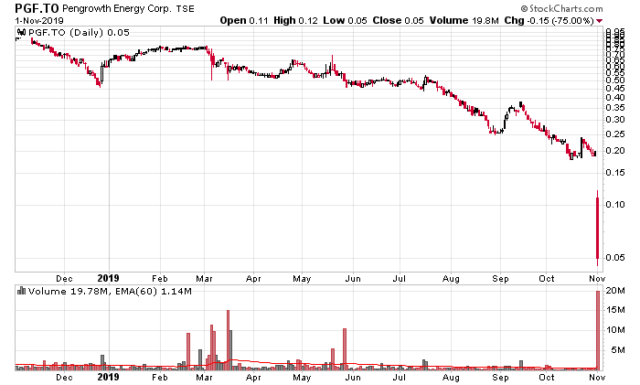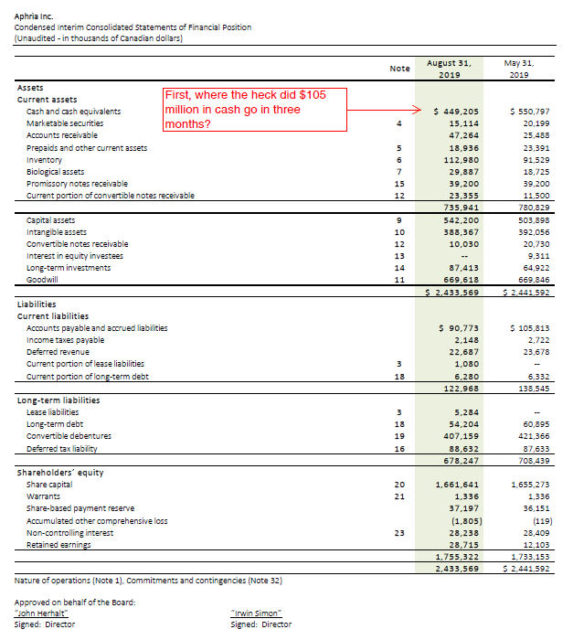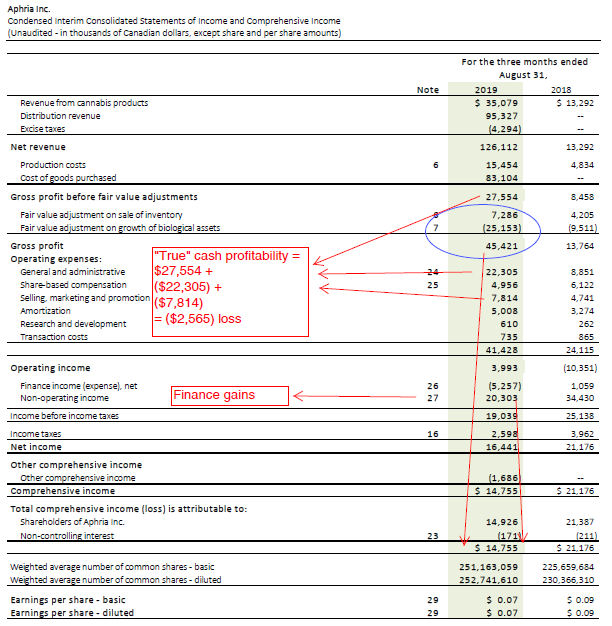Other than Atlantic Power’s (TSX: ATP) Cadillac biomass plant blowing up on September 22, 2019 (see my writeup here), it was a very good quarter for the company.
The quantification of the Cadillac power plant situation is the big news of the quarter. Most notable is that while this incident took the stock price down about 25 cents per share (my worst estimate was 39 cents per share, present value, for a complete write-off of the whole project permanently), the actual impact has been quantified by management as approximately $3 million as insurance will pick up the reconstruction bill in excess of a $1 million deductible and business interruption will cover the cash flow shortfall at an expense of 45 days deductible. Dividing this by 109 million shares outstanding gives an estimate of about 3 cents per share of damage that this accident caused.
It’s pretty obvious since playing defence since 2015 (which consisted of a major de-leveraging and expense reduction campaign by new management), they have been making smaller acquisitions here and there that will likely contribute to 15%+ returns on investment. In Williams Lake, BC, the company struck a 10 year deal with BC Hydro to operate their biomass plant in non-peak snowmelt season. While management has not quantified the exact impact on the financial returns on this (citing procurement of fuel costs and other competitive aspects) reading between the lines it appears this will contribute reasonably well to the bottom line after some initial start-up costs.
As the company has been busy using discretionary capital to fund future 15%+ acquisitions, they have been lighter on share repurchases. There has been a nanoscopic amount of share buyback activity (2,067 shares) at US$2.27/share, while they bought back 12,000 preferred shares (AZP.PR.B) which continues to chip away at the cash burn from those financial instruments. The company still has $24 million in discretionary cash – if they choose to do nothing, this will continue to build while the debt gets paid off.
Eventually the equity market will start to ramp up the share price to reflect this. I don’t know whether it will be tomorrow, next month, or next year, but the 5 year stock chart is very deceptive and not a reflection of where the stock should be (which is higher than the prices in the past 5 years). Yield investors can also do well by buying the preferred shares, but why settle for a volatile 8% yield when you can get a probable 50% in the next couple years on the equity?





